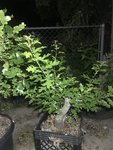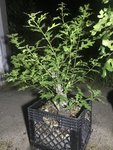Big Country Bonsai
Shohin
Hey guys, just documenting and sharing another Quercus buckleyi ( Buckley’s Oak) that I collected near Abilene, Texas. I’m really excited about this one because of the really nice radial roots that it has. There’s a tiny bit of inverse taper at the moment but I’m hoping now that the lower trunk is uncovered it will bark up and get rid of the inverse taper. I think I’m going to get rid of the lowest pencil straight branch since it’s not really in an ideal position and has no taper.
Attachments
-
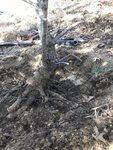 1C5A8D13-A09F-46C3-842A-637B0C4243D5.jpeg379.5 KB · Views: 124
1C5A8D13-A09F-46C3-842A-637B0C4243D5.jpeg379.5 KB · Views: 124 -
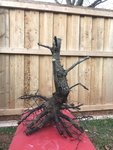 FD472309-26F2-4947-911C-3B3B6ACE79AA.jpeg239.2 KB · Views: 123
FD472309-26F2-4947-911C-3B3B6ACE79AA.jpeg239.2 KB · Views: 123 -
 5177DF29-108A-4C20-8931-7202C94B5282.jpeg229.1 KB · Views: 115
5177DF29-108A-4C20-8931-7202C94B5282.jpeg229.1 KB · Views: 115 -
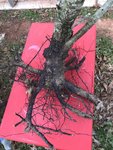 D98F7E36-1AF9-495A-8A2D-486AE2A29838.jpeg253.9 KB · Views: 104
D98F7E36-1AF9-495A-8A2D-486AE2A29838.jpeg253.9 KB · Views: 104 -
 16F46742-84FC-491F-AD1C-AB1E262AA177.jpeg272.9 KB · Views: 114
16F46742-84FC-491F-AD1C-AB1E262AA177.jpeg272.9 KB · Views: 114 -
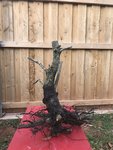 8438FAAB-1618-4AEA-837D-7969C2F3C897.jpeg230.2 KB · Views: 119
8438FAAB-1618-4AEA-837D-7969C2F3C897.jpeg230.2 KB · Views: 119


